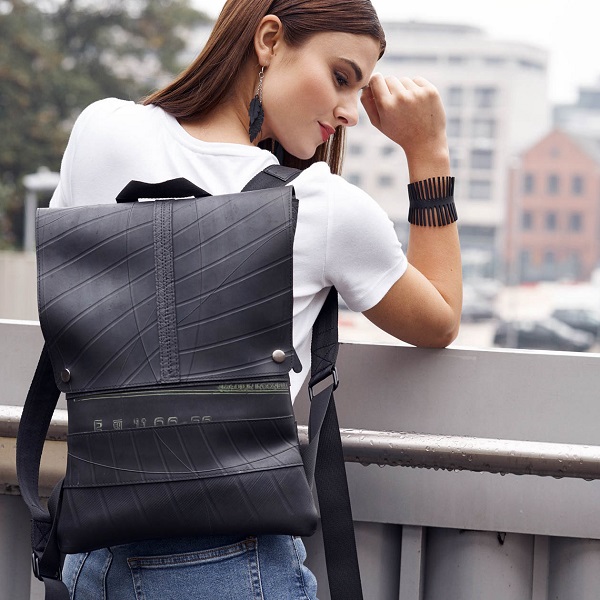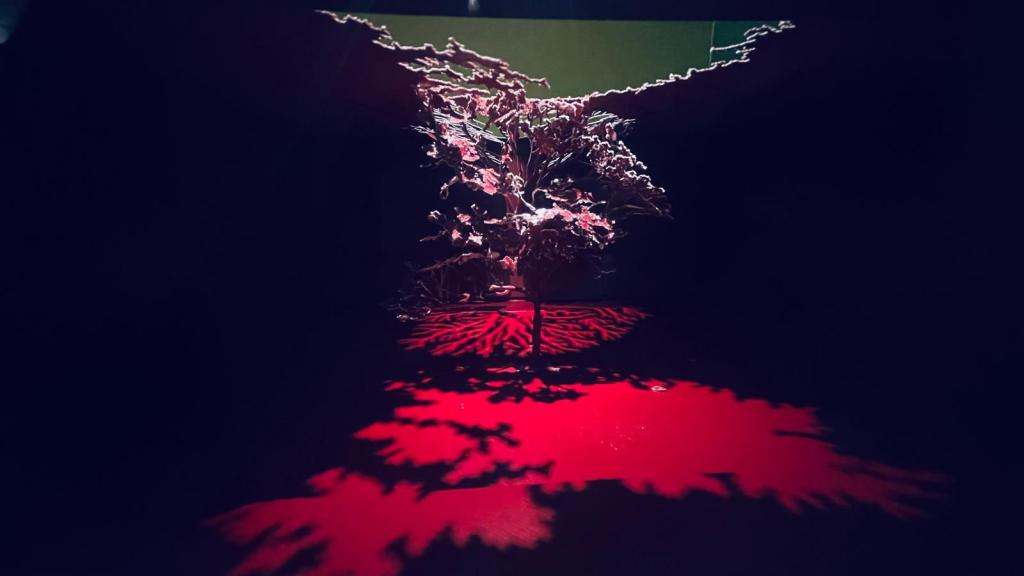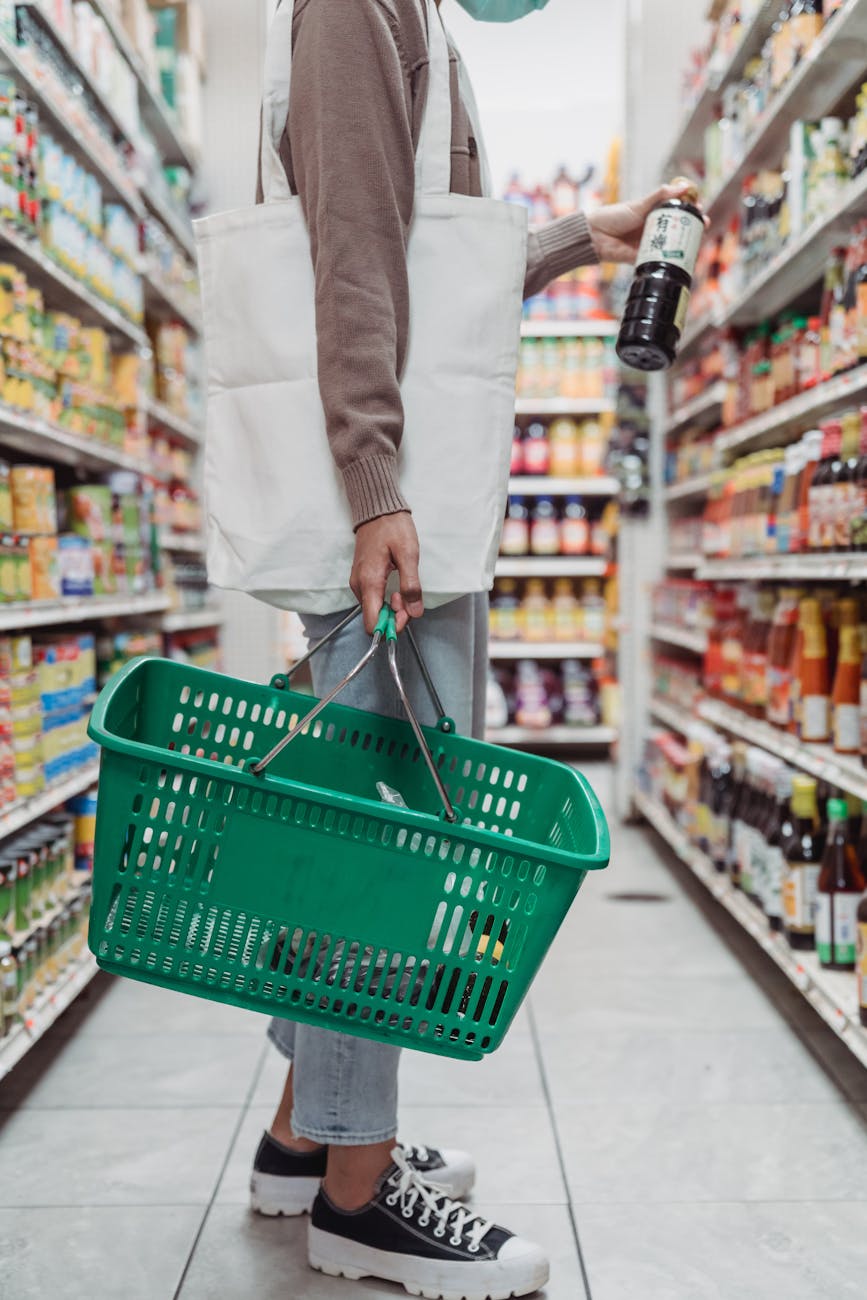We hear terms like ethical fashion versus fast fashion, fair trade, and sustainable fashion but when we buy vegan clothing, how do we know if it is sustainable? This is a question I get ALL the time so I would like to take the opportunity and share my thoughts about this issue along with a list of more sustainable cruelty-free fabrics that are kinder to your skin and better for the environment.
Vegan Fashion is a term that describes garments made from materials that are not tested on animals, made from their skin or derived in part from animals, (either farmed or exotic). Non vegan fabrics include, leather, silk, down, wool, cashmere, angora, pashmina, mohair, fur, beeswax, pearls, feathers, bone and shell to name a few.
Many people today still believe that skin and fur are “by-product” materials of the meat industry. According to the International Fur Trade Federation, 85% of fur skin comes from factory farming. More than a billion animals are killed for their skin every year and processed into raw materials overseas. Therefore, choosing vegan fashion is a positive step towards protecting the fundamental rights of animals, workers and conserving the planet.
Vegan fashion isn’t perfect, after all, everything we create is going to have some environmental footprint. We can all agree that PVC and PU are certainly not the best alternatives to leather because the plastic does often derive from petroleum and in the process the workers are exposed to toxins. Nevertheless, these materials do still have less than half of the environmental impact of clearing pasture and raring a cow for leather and, most importantly, the production process does not involve the abuse or death of living creatures.
Not only that, but as the vegan world continues to evolve, we see an increasing number of low-impact materials like pineapple, cactus and apple leather. These materials are revolutionary and show that the more sustainable option will, ultimately, always be vegan.

Cruelty-free list (not exhaustive) of the most common eco-friendly vegan fabrics
Leather
Look for natural materials made of vegetable fibers such as Pinatex (leather from the leaves of pineapples) and Frumat (made from the waste of apple harvesting). These materials are great alternatives to leather due to their incredible utilization of waste, and ability to biodegrade.
Of course, you can always opt for bags and shoes made from natural materials like cotton, hemp and cork. Alternatively, look for recycled or up-cycled leather goods or items made out of up-cycled inner tubes (which look and feel very much like leather) or even recycled tarpaulin, truck covers and marquees!
Finally, lab-grown leather will be on the market soon with some companies creating animal-free vegetable or collagen-based leather so watch this space.
Silk
Opt for materials like Rayon, Modal, Hemp or Tencel (Lyocell) which is the most sustainable fabric.
Suede
If you’re looking for a more biodegradable option (which we always are), MuSkin, derived from the caps of invasive mushrooms, has the soft texture of suede.
Down
Alternatives to down include Thinsulate and PrimaLoft fibers made from Post-Consumer Recycled content (PCR) & often used by some of the biggest winter wear brands, which offer superior warmth with none of the cruelty and less environmental damage.
Wool
If you’re looking for a vegan alternative, you can turn to Tencel (Lyocell) which is made from wood pulp, or bamboo fabrics. Another natural fibre is the Nullarbor which is made from liquid coconut waste.
Swimwear fabrics
Look for recycled nylon – also known as ECONYL – a recycled plastic that can be re-recycled.
Athleisure and sportswear
Opt for bamboo fabrics that are dense enough to be warm and yet breathable, so you don’t overheat. Bamboo clothes are kind to the skin and the environment too.
Fur replacement
Furoid is a patented lab-grown fur, and Koba, as created by Ecopel, is touted as the world’s first bio-based fur (with 63% less Greenhouse Gas Emissions than animal fur, and none of the slaughter!)
Other materials
Cork – a natural material obtained from cork oak trees.
Hemp – is a plant-based fibre with significant environmental benefits. It is beautifully soft and is increasing in popularity.
Recycled PET – a fabric made out of recycled plastic bottles which also uses a lot of energy to produce and creates toxic pollution.
TPR – thermoplastic rubber – a blend of plastic and rubber that can be recycled.
I’ve also seen mango & mushroom leather, banana skin, orange leather, coffee leather, and a few other very interesting fabrics being developed to replace the leather, so stay tuned for those. ⠀⠀⠀⠀⠀⠀⠀⠀⠀
Stay away from items made of PVC (polyvinyl chloride), a plastic polymer that requires toxic chemicals to produce and cannot be recycled.
Also avoid, if possible, the PU – polyurethane – a plastic material that is less harmful than PVC but is also made of petroleum, it is energy-intensive to create, it doesn’t biodegrade but can be recycled.⠀⠀⠀⠀
As more conscious consumers are realising that they can no longer justify the myriad negative impacts that animal use has across the board, the demand for sustainable vegan fabrics is at an all-time high.
From organic cotton to pineapple leather, next time you go shopping consider one of these sustainable vegan fabrics to do right for the people, the planet, and of course our animal friends.
I don’t buy any leather (first or second hand) but I try instead to source vegan alternatives. Have you ever bought vegan fashion? Share in the comments below or get in touch with me on twitter @elenadaniilidou
Sources:
- https://www.ecopel.com/koba—bio-based-faux-fur.html
- https://www.peta.org/issues/animals-used-for-clothing/animals-used-clothing-factsheets/inside-fur-industry-factory-farms/
- https://foodtank.com/news/2013/12/why-meat-eats-resources/
- https://www.compassionatecloset.com/blogs/wearnoharm/63049091-cruelty-free-fabric-guide
- Image courtesy https://paguroupcycle.com/ (inner tubes up-cycled fashion)

We hope you found this content helpful. If so, please consider supporting our independent media platform with a one-off donation.
Your donation will encourage us further in delivering quality content that can help you thrive whilst lessening your impact on the natural world. Thank you very much for your support.
£5.00






You must be logged in to post a comment.